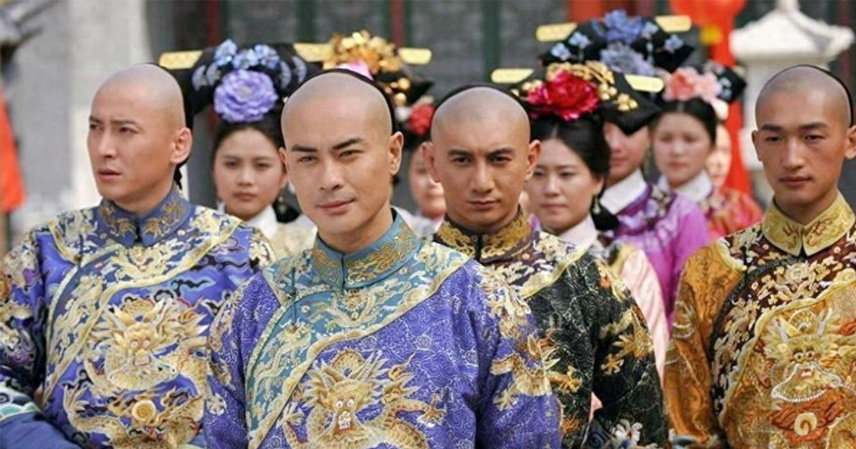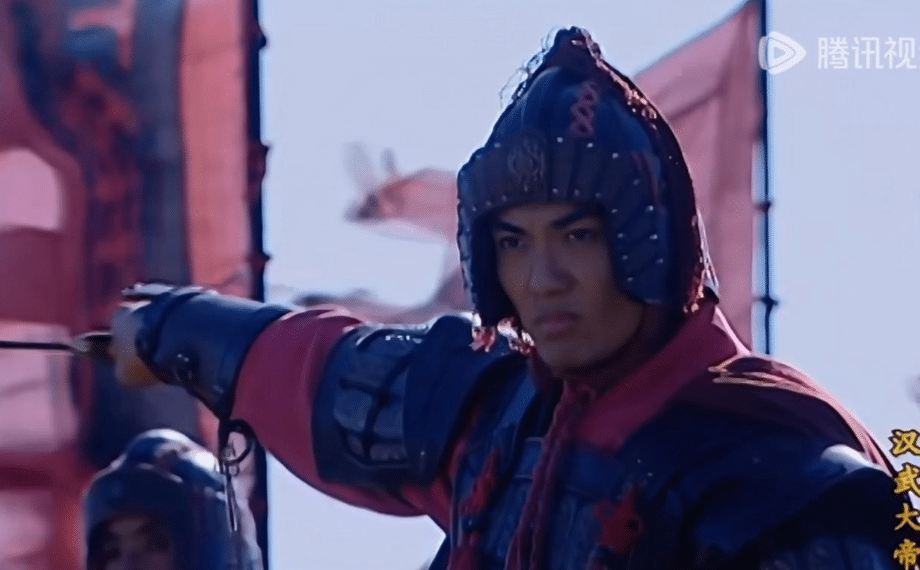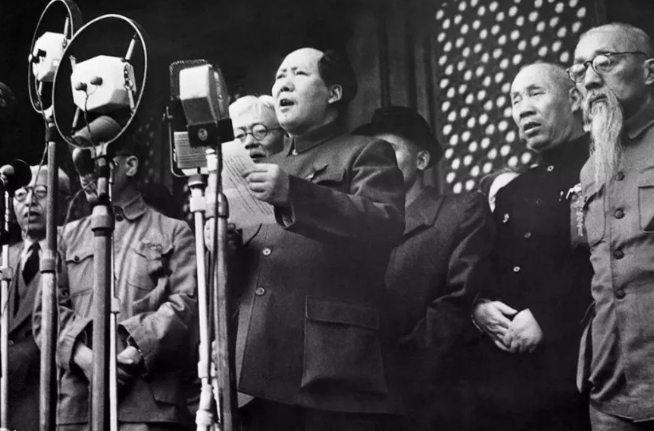As the Qing Dynasty crumbled in the early 20th century, its 1911 fall marked the end of imperial rule—but not the lineage. Qing Dynasty descendants from the Aisin Gioro clan dispersed, some blending into society, others clinging to traditions. In Liaoning Province’s Yaozhan Village—a modest settlement—remnants of this royal heritage endure, where residents prioritize preserving their ancestral bloodline through selective marriages and rituals.
Echoes of Empire: From Kangxi’s Edict to Village Foundations
Yaozhan Village’s story ties to the Qing’s strategic roots. During Kangxi’s reign (1661–1722), the dynasty—having consolidated control over vast Han territories—faced demographic anxieties. With a sparse Manchu population amid millions of Han, the northeast (Manchuria) served as a fallback bastion, heavily fortified against potential uprisings.
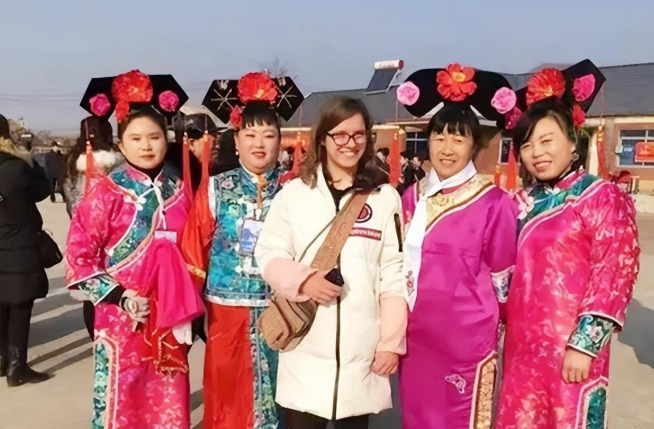
The Kangxi era epitomized prosperity, expanding borders and quelling frontiers in what became known as the High Qing golden age. Yet vigilance persisted. To safeguard ancestral graves at Yongling Tomb—Nurhaci’s mausoleum near Fushun—Kangxi dispatched trusted kin. After deliberation, Aisin Gioro Ata, of pure lineage, high seniority, and unfit for court due to circumstances, was chosen. Relocating with family, Ata established a outpost for tomb guardianship, naming it Yaozhan (“waist station”) for its midway role in rituals amid scenic hills.
Though far from palaces, these tomb caretakers upheld imperial protocols: no dog meat (a Manchu taboo), festive kowtows to elders, and communal decisions by seniors. Han influences linger in patrilineal inheritance, but with a twist—eldest sons venture out for ventures, while youngest inherit homesteads, caring for parents. Traditional dwellings dot the landscape, evoking bygone eras.
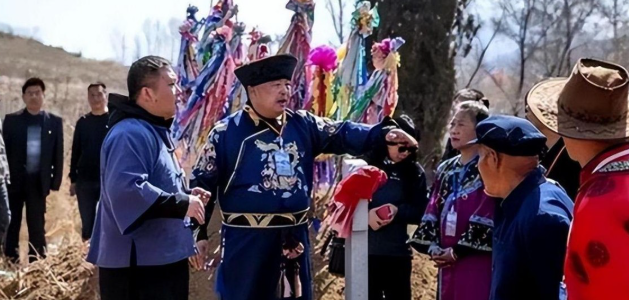
The Bloodline Imperative: Marriages and Modern Challenges
Central to Yaozhan’s identity is endogamy, ensuring Aisin Gioro clan purity. Outsider unions were taboo, viewing dilution as betrayal of heritage. This confined growth: limited branches meant navigating reproduction without close-kin risks, stunting expansion despite centuries.
Today, mindsets evolve—Han residents comprise about 5%, integrated yet secondary. Weddings favor Manchu matches, but flexibility creeps in. This steadfastness merits respect, balancing legacy with survival amid societal shifts.
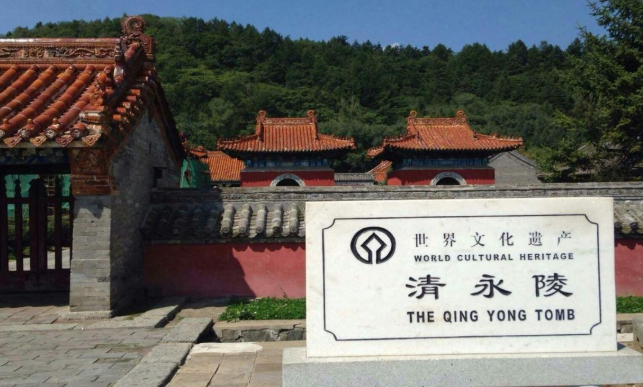
Tensions of Tradition: Preservation vs. Progress
Endogamy secures purity but hampers vitality—a paradox for the clan. Rituals foster cohesion, yet selective adaptation—discarding outdated elements, retaining communal bonds—could sustain relevance. Yaozhan embodies resilience: a pocket of history where Qing Dynasty descendants navigate modernity, guarding not just tombs, but a fading imperial echo.
References
- Wikipedia: House of Aisin-Gioro (2025)
- Li, M., et al. Vanishing Memory and Identity: Tomb Caretakers and Their Descendants at the Imperial Tombs of the Qing Dynasty in China (ResearchGate, 2020)
- China Daily: Liaoning Villagers Celebrate Manchu Heritage (Jul 30, 2019)

